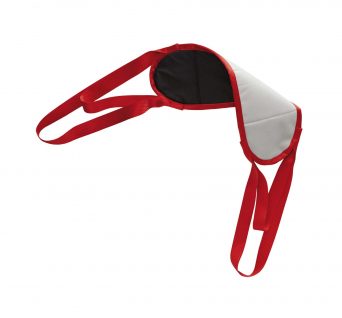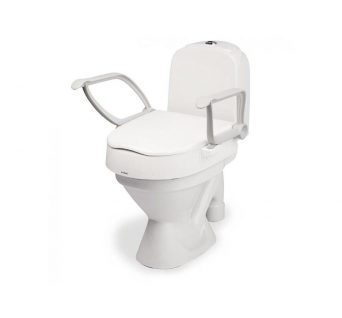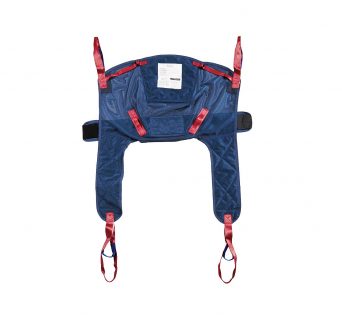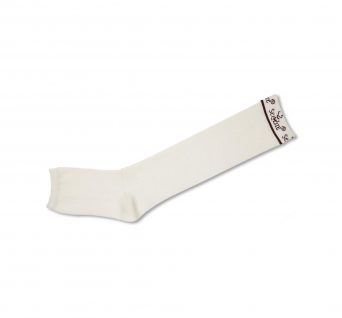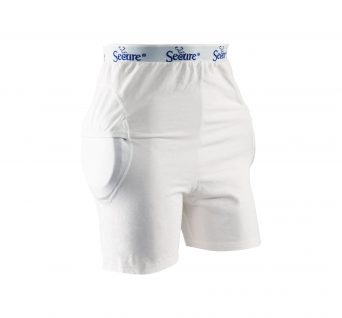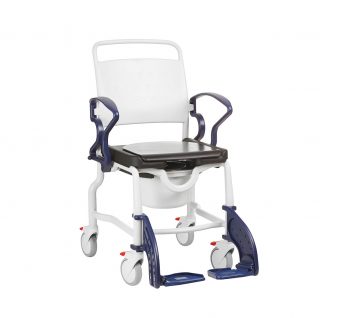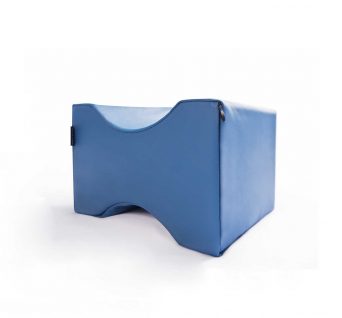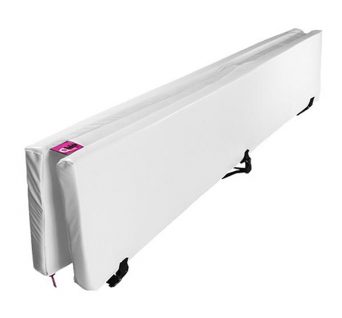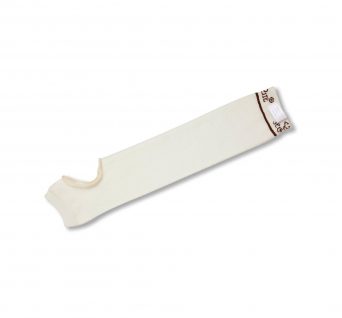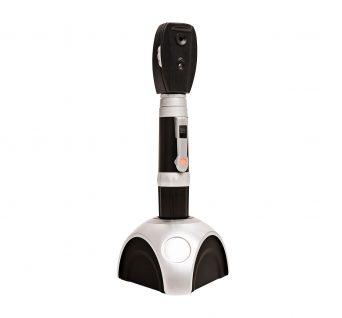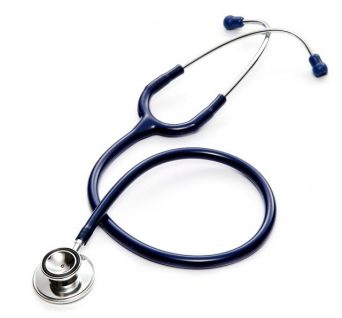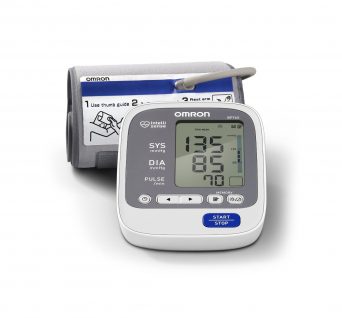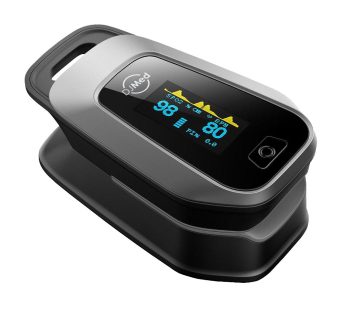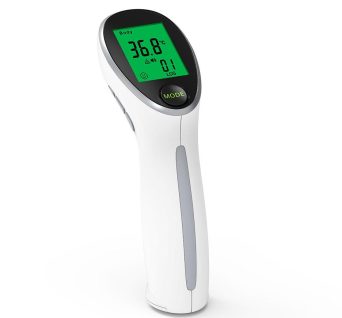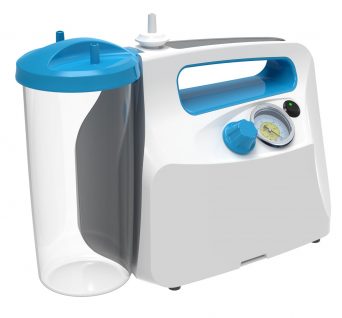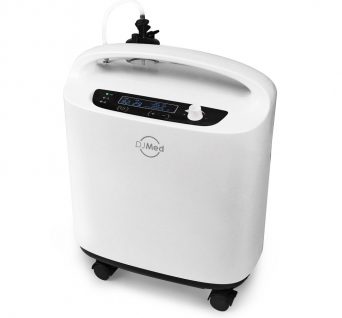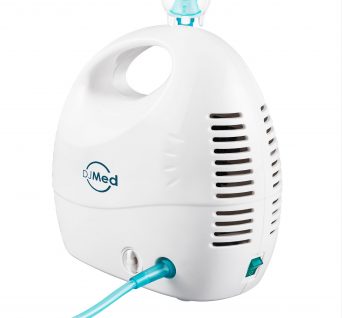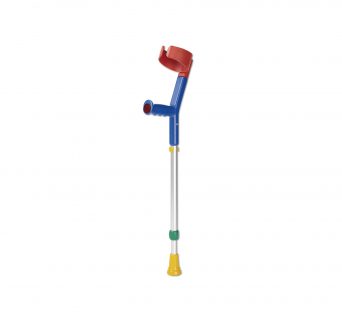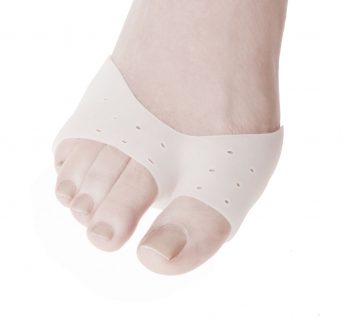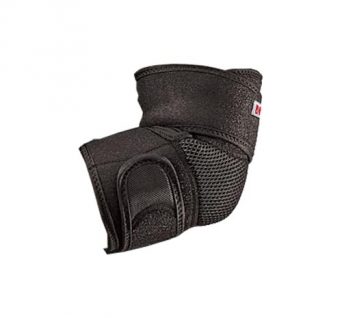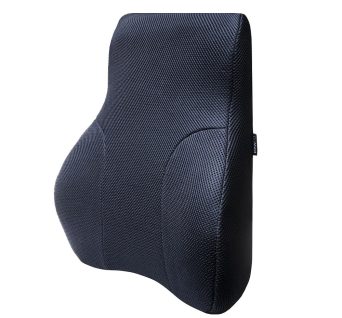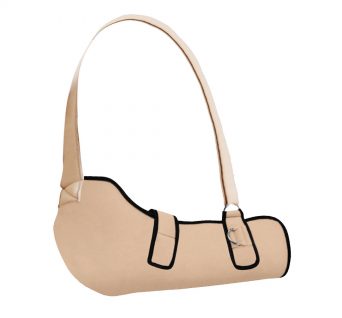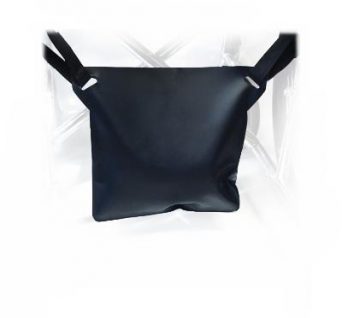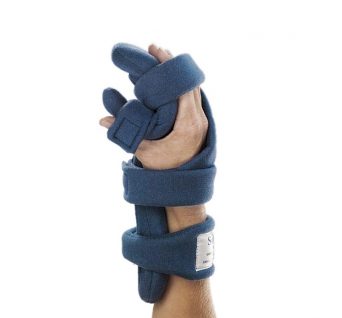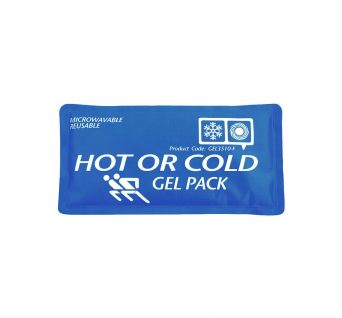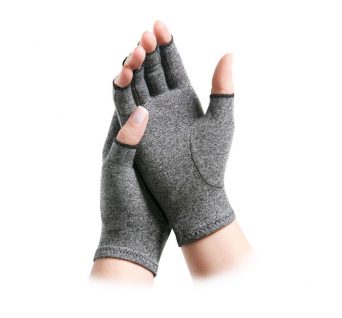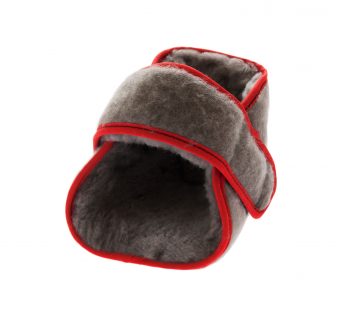No products in the cart.
Medical Devices
Medical Instruments are essential for a first-responder or medical practice. Not only do they assist in performing a procedure, medical instruments may also improve the comfort for the patient. There are some essential tools that one should have available.
Forceps are commonly used to hold items in place or to grasp objects, freeing up the hands to perform the necessary task. While shaped similar to scissors or tweezers, forceps are designed to clamp down and apply pressure versus cutting. There are generally two styles of forceps, even though there are dozens of types to suit the specific medical procedure.
Non-locking forceps are also known as tweezer forceps, and sometimes ratchet forceps. They are usually held between the thumb and two or three fingers on the same hands. These forceps are commonly used to dress wounds and incisions or to remove old dressings and sutures. Depending on the procedure, the tweezer forceps are available with blunt, curved, and pointed tips. Most are stainless steel, but some are made of plastic or have plastic and rubber tips. If they are intended to be multi-use, ensure the tweezer forceps you select can be put into the autoclave for sterilization.
Locking forceps resemble scissors and are often referred to as clamps. They lock via interlocking teeth that engage as the forceps close to hold items in place. Hemostatic forceps, also referred to as Crile forceps, are specifically used to compress arteries during surgery, laparoscopy, and ligation. Needle holder forceps do just that; they hold a needle during sutures to ensure a firm grip. Other locking forceps can be used to hold sponges, tissue, tubing, and towels, all having varying teeth to accommodate the specific need.
Scissors are high beneficial in a medical environment. Surgical scissors are extremely sharp and used for precision in cutting tissue or small areas. Bandage scissors, including universal scissors, have a blunt edge and an angled tip to easily cut through bandages and tape without scraping the skin underneath. Suture scissors, like Mayo and Iris Scissors are used for precise thread work.
Other essential medical instruments include scalpels and biopsy punches. The type of scalpel needed depends on the procedure. A No. 10 scalpel is beneficial in making incisions through skin and muscle, whereas a No. 20 is more likely to be found in orthopedic and general surgery. Biopsy punches also vary in style and size, dependent on the size of the hole the user is seeking to make in the skin.
Medical instruments are vital tools for safe, sterile, and effective medical treatment and care. The right tools assist the user in keeping the patient’s health and welfare in the foreground while accomplishing the procedure needed.

